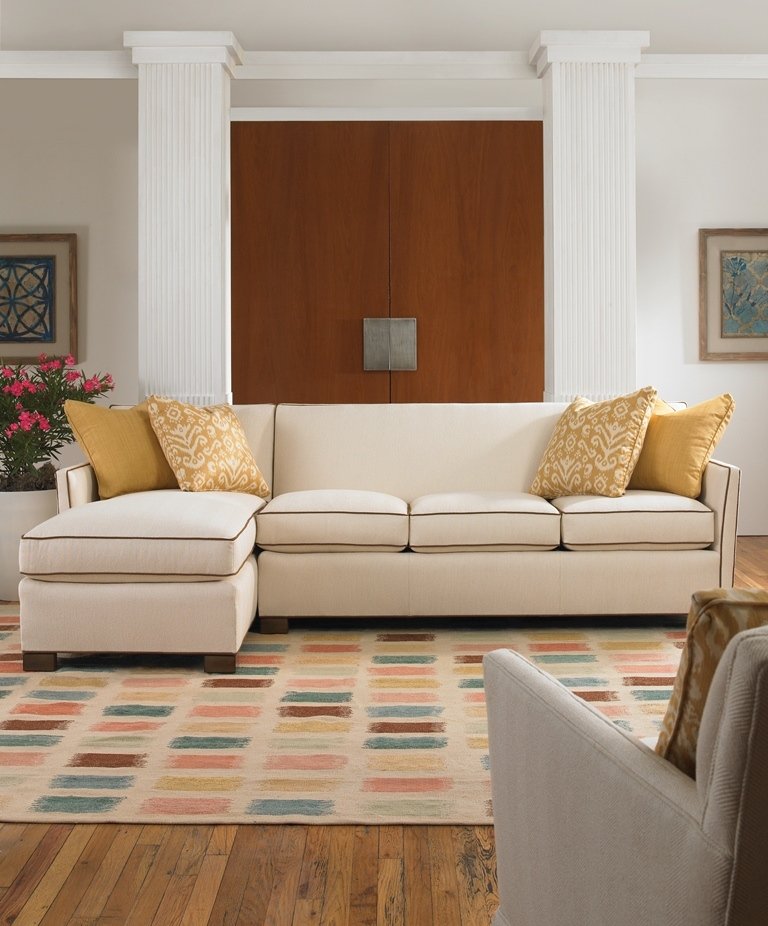Well now, as we move forward from the craziness, excitement, and fear that we’ve missed something important at Spring Market, we would like to lighten things up a bit. Besides, we can’t work that hard ALL the time, right? And so, we have a quick designer business tip on charging your design clients an “engagement fee”. (You know, a trivial little subject that hardly matters!)
According to Sean Low, “the go-to business coach for interior designers” at BusinessOfHome.com, for designers who know their value, an engagement fee is a must. However, those who doubt themselves and continue to “hustle” for design projects like a newbie might want to reconsider.
(If there’s one thing we know about Mr. Low, it’s that he pulls no punches.)
Are You Worth It?
Answering the above question depends largely on you. If you’ve established a solid reputation as a designer who delivers what you say you will, dependably and creatively, why would you think otherwise?
As Mr. Low says, “Your talent, wisdom, and experience have intrinsic value and deserve to be recognized (and compensated). Your willingness to dedicate the time necessary to fulfill your … promises needs to be appreciated and paid for. That’s where an engagement fee comes in. It’s not a deposit or retainer; it is a fee for your talent and attention that goes against nothing and is non-refundable.” (emphasis added)
In other words, they are paying you – for you – and all that may include!
“If you ask a client to invest a significant sum in you to create the transformative environment they seek, the more likely they will give you what you need to make the transformation happen. As much as they are investing in you, they are investing in themselves. Once invested, you will be better able to receive the kind of information you need to create as you must.
What Do You Owe After the Fee?
“You do not owe your clients anything other than your best work. You have nothing to prove, only the willingness to share your talent, wisdom, and experience with those clients [who] truly care about your work and how it will come to be for them.”
He concludes with, “While a significant engagement fee might make your firm more money, that is not my ultimate aim. Instead, I want you to establish a relationship dynamic from the very start that will yield the greatest opportunity for success.”
There now. How was that for a lightweight, frivolous topic following the hectic week at Spring Market? You’re welcome!
And remember, Ted remains available for questions and answers about things like charging an engagement fee and other designer business tips to help you grow your business. With more than a quarter century in the business, Ted has the experience and knowledge to offer high-quality business consulting to the trade. Simply… Get in touch with TD Fall today.














